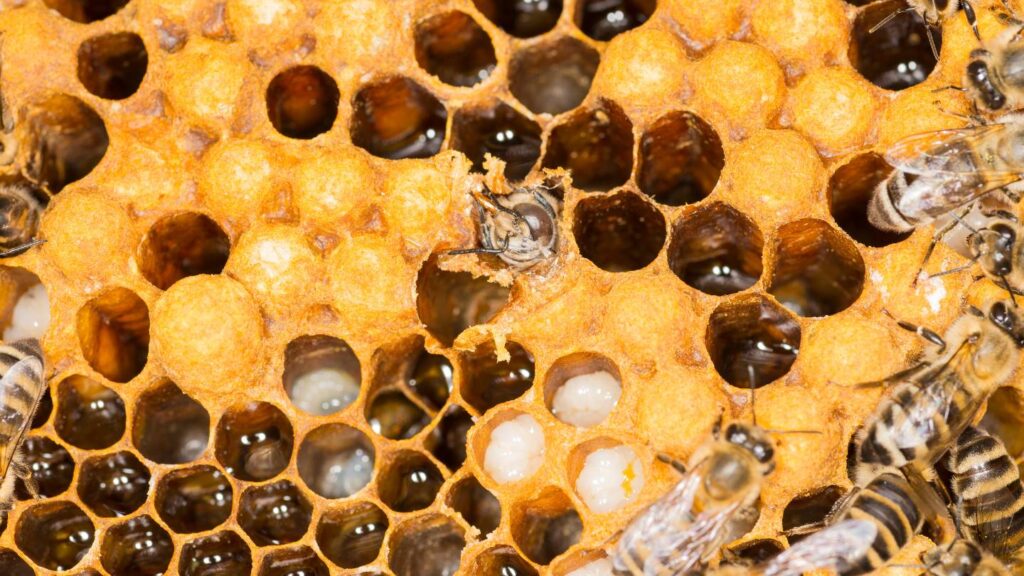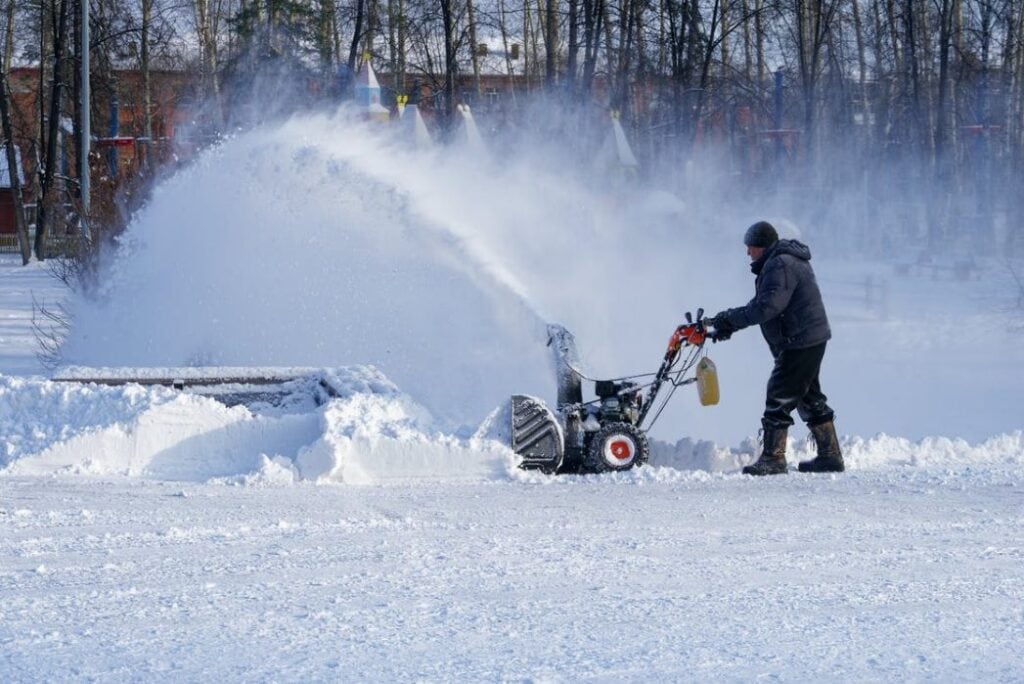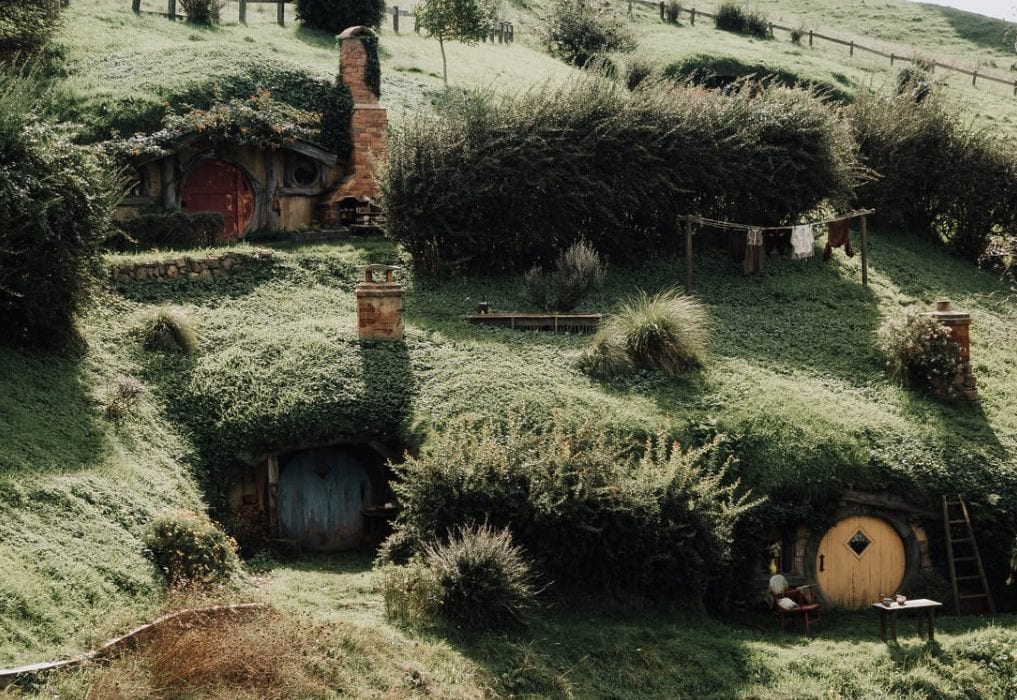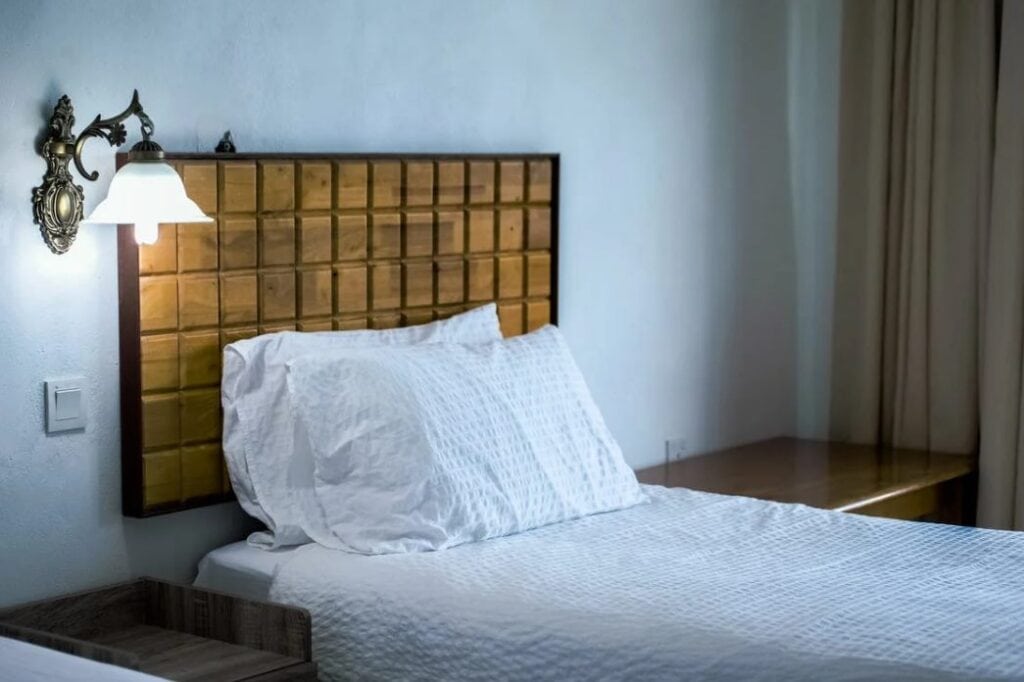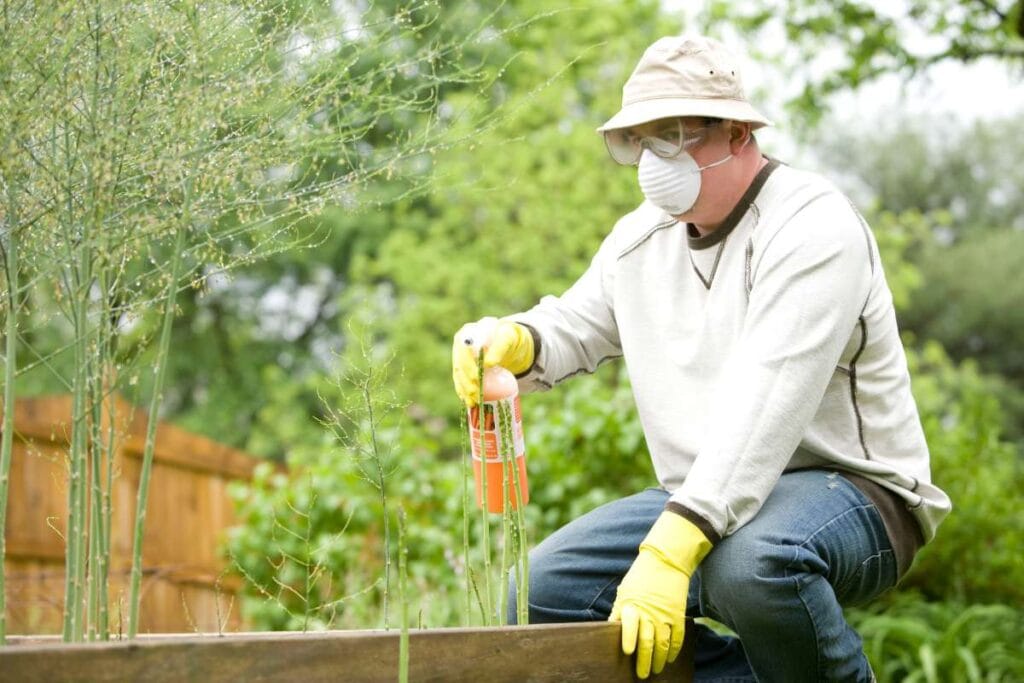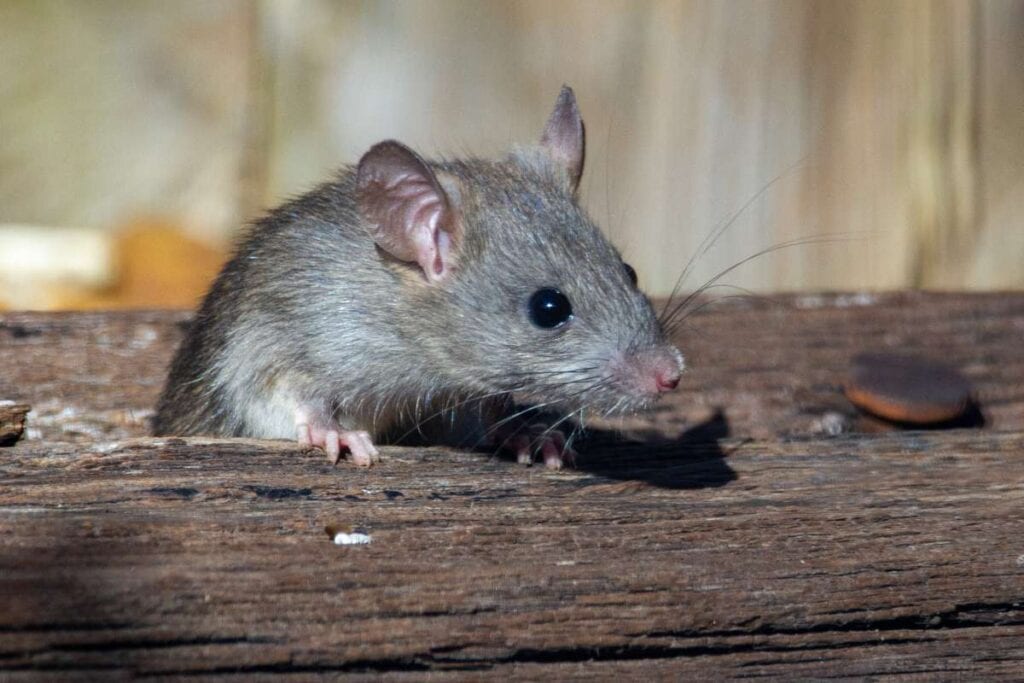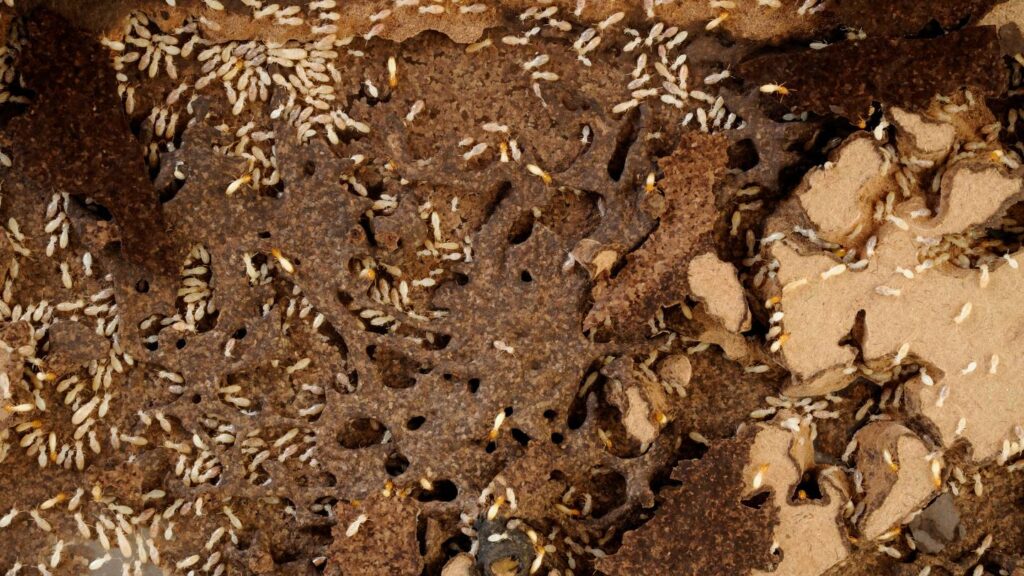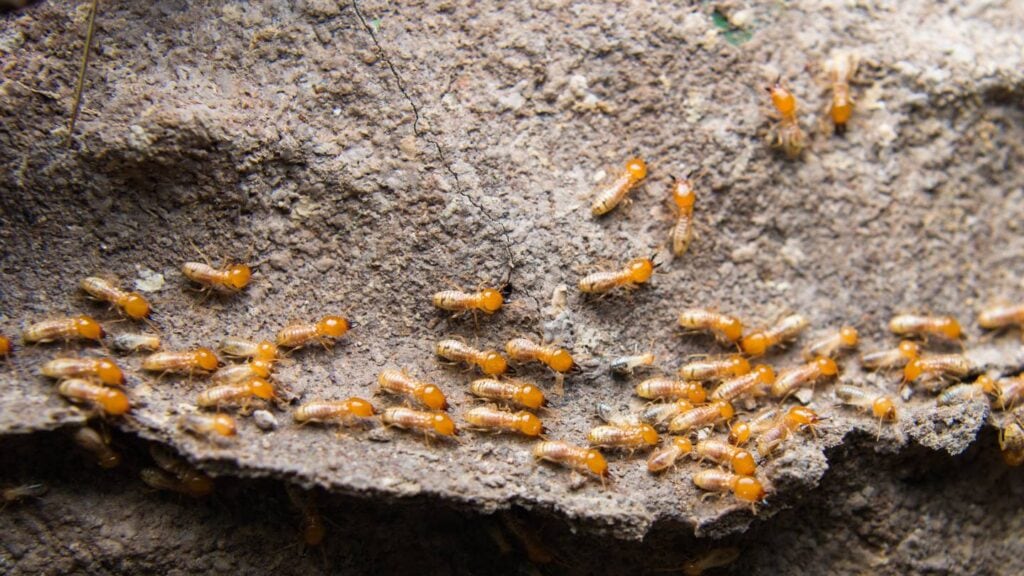Understanding the ecological functions of these insects and being able to identify them requires more than simply an interest in learning about them.
Typically made of wax and displaying elaborate honeycombs, a beehive has a distinctively structured appearance. Wasp nests, on the other hand, are often spherical or oval in shape and have a more papery feel. These subtleties define Their physical qualities, which also provide clues as to the behaviours and functions that occur within.
You need accurate information and a sharp eye to navigate the maze of these buzzing homes. The complexities that distinguish these structures will become clear when we explore this issue more. We can live in harmony with these important pollinators if we take the time to learn about these differences. Therefore, let us begin this illuminating exploration with our curiosity aroused.
Knowing Bees: The Essentials
Physical Bee Features:
- Size and Shape: The majority of bees are small to medium-sized insects, though their size can vary. Their sturdy body has three main parts: the head, thorax, and abdomen.
- Color: A wide spectrum of colours is seen in bees, from black and brown to yellow and even striped patterns like black and yellow.
- Wings: Their wings come in two pairs. Depending on the species, one pair may be clear and the other may have a small tint.
- Antennae: The long, club-shaped bees' antennae allow them to sense their surroundings and communicate with one another.
- Legs: Bees have three sets of legs designed to do different things, like collect pollen and help them fly.

Types Of Bees:
- Honeybees: The honeybee is a socially complex animal that lives in colonies with a queen, workers, and drones.
- Bumblebees: They are bigger than honeybees and have more hair. Bumblebees also live in groups, but there are fewer of them and they only make a small amount of honey.
- Carpenter Bees: These bees build their nests in wood, often by boring holes in it.
- Mason Bees: These solitary bees build their nests in cavities in wood or stalks, and they are well-known for pollinating flowers and plants.
Knowing Wasps: The Essentials
Characteristics Of Wasps' Bodies:
- Size and Shape: There are wasp species that are larger than bees and some that are smaller. They are slim and feature a small waist.
- Colour: A wasp's colouration can range from black and brown to yellow. The yellow and black colouration is very noticeable in certain species, such as yellow jackets.
- Wings: Wasps, like bees, have two sets of wings, but theirs are usually longer and less see-through.
- Antennae: Wasps have long antennae that are generally thin and straight.
Types Of Wasps:
- Yellow Jackets: The aggressive behaviour and unique yellow and black markings of these social wasps set them apart.
- Hornets: A gregarious wasp that is typically less aggressive than yellow jackets, hornets are larger than the former.
- Paper Wasps: Although they are less aggressive than hornets or yellow jackets, these wasps nonetheless construct nests that resemble paper.
- Mud Daubers: These wasps are solitary, mud-dwelling creatures that prey on spiders and aren't aggressive in nature.
The Difference Between a Bee Hive and a Wasp Nest
Have you ever wondered what sets a wasp apart from a bee? On occasion, we receive calls from customers who are unsure if they have wasps or bees. Is there a way to distinguish between wasps and bees? Both species are insects belonging to the Hymenoptera order, which includes both social and solitary types.
Both may hurt severely and come in a variety of vibrant colours, including yellow and black stripes. Plus, both can ingest nectar and may be capable of several stings, so things are getting more complicated!
One distinctive feature of honey bees is their digestive system's connection to their barbed stinger. A bee's inability to remove its stinger from its body after plunging it into a possible predator is the ultimate cause of the insect's demise.
Many bees and wasps can withdraw their stingers and sting more than once. However, some native Australian bees don't have stingers at all. Honey bees make both honey and beeswax. Wasps and many other types of bees can't do this. Also, wasps can have hair, and some local bees look very smooth and shiny, even though bees are more likely to have fur.
Although the notion of positive identification may appear nearly unattainable, there are, fortunately, clear distinctions in behaviour and morphology between wasps and bees. Their diet is vegetarian. As a result, they have become very important pollinators, and they spend most of their lives looking for pollen and nectar from flowers and plants to feed their young.
Adult wasps eat nectar and pollen, as well as overripe food and other sweet things. However, their main diet is insects, which they either eat or parasitise. Bees have strong, round bodies and flattened legs that help them collect pollen. Some species have special structures on their back legs called pollen bags that help them do this.
Slender legs and a thin waist join the thorax and abdomen in a wasp's cylindrical body. Hunting requires them to be more streamlined and elegant. Wasps don't generally retract their legs while flying, whereas bees do. Nighttime lights can also be a powerful magnet for wasps.
Wasps that lack glands that produce wax sometimes build their nests out of dirt. Some of them collect weathered wood, which is then ground with saliva to create a papery material that can be utilised to construct enormous and complex nests.
Many bees and wasps, even those that live in large colonies, go to sleep during the winter. Honey bees, on the other hand, don't do this because they have food stores inside their homes that are kept warm by the heat made by their thousands of workers.
Curiously, fairy wasps from the Mymaridae family are both the tiniest flying insects and the tiniest known insect (with a body length of only 0.139mm). Being predators, wasps are inherently more aggressive and quickly provoked than bees, who will defend themselves if needed. Stings from wasps are typically more excruciating than bee stings.
With any luck, you should now be able to distinguish between wasps and bees with more ease. However, correct identification is crucial in order to establish the most effective ways of management when dealing with a problematic wasp or bee infestation on your property. This is why it's smart to seek the advice of a professional apiarist or beekeeper at all times. Within 24 hours, a seasoned beekeeper in Melbourne can typically lend a hand.
Wasp Nest Damage to Property
Remember that there are practical reasons why a wasp nest isn't ideal. Also, it has the potential to do harm to your property, which is obviously undesirable.
Nest Location
Wasps will build their nests in the most inconvenient of places, such as under decks, eaves, or even in the attic. Location isn't an accident; it's a calculated move. What works for their strategy can end up wreaking havoc on your land.
Structural Damage
Not only do wasps build nests, they also chew through wood and other things to make their homes. This can do a lot of damage to your home's walls, roof, and structure over time. It can be expensive and take a long time to fix this kind of damage. Also, it can be annoying, which is why you need to act quickly.
Garden And Landscape Impact
The places outside your home, like your yard, can also have wasp nests. These bugs can make it hard to relax outside with friends and family, and they can even hurt your plants and trees. It's not fun to have wasps sting you and make you leave your yard.
What Happens When Wasp Nests Are Ignored
Worst case scenario: you disregard a wasp nest on your property for an extended period of time. A small nuisance has the potential to become a major threat to your well-being and possessions in the blink of an eye. It is critical to identify these risks and respond quickly. In the long run, you'll be glad you moved swiftly so you can relax in your own house.
Preventive And Professional Removal
Keep in mind that wasp nests can be removed and re-enforced in a variety of ways.
Steps To Avoid
You don't need to wait for a wasp nest to appear before you do something. There are things you can do to keep these stinging insects from coming to your property, like sealing up cracks and gaps and getting rid of food sources.
Characteristics of Different Wasp Nest Types
Yellowjacket Wasp Nest
The papery substance of the yellow jacket wasp nest sets it apart. While other wasps construct nests with several apertures, yellowjackets maintain tidy nests with just one aperture. Although they usually make their nests in the ground, these wasps can also visit wood heaps.
In the end, they require cover in a confined area. Yellowjackets may construct enormous nests with a plethora of levels for their cells, even if you might only be able to see the entrance.
Paper Wasp Nest
Paper wasp nests are easy to identify by their shape, which is a lot like an umbrella turned upside down. Paper wasps, in contrast to yellowjackets, seek exposed spaces to establish their nests, such as the eaves of homes and other buildings. Although there are several access points and an open-plan design, the material is nevertheless quite papery. Typically, the entire nest is supported by a single stalk.
Mud Dauber Nest
What kind of material mud daubers utilise to build their nests may be obvious to you. Mud daubers prefer a more robust environment than paper wasps and yellowjackets. In cracks, they construct their mud nests. They have several apertures and a tubular shape. They are also fairly small. They resemble whistles with several tubes, in a way.
Bald-Faced Hornet Nest
Wait, this post is about wasp nests, right? Bald-faced hornets, however, are not really hornets. What wasps they are! Usually, they build their nests three feet above the ground. They get inventive, combining a variety of wood fibres with saliva and using that mixture to build their nests. Despite having a more football-like form, the nests can grow to the size of a basketball. They have a single aperture at the bottom and seem papery.
Bee Hive Types and Characteristics
Beekeepers all across the globe utilise a variety of beehives. There are distinct benefits and characteristics to each kind. Some of the most typical varieties of beehives are:
Langstroth Hive
- Unique Features: Among beehive designs, this one is probably the most common. The structure is made up of supers, which are stacked boxes with detachable frames. Inspecting the hive, collecting honey, and managing the colony are all made easier by these frames that hold the honeycomb.
- Advantages: Produces honey efficiently and on a large scale with little effort from managers.
Top-Bar Hive
- Unique Features: Bees use bars to suspend comb in top-bar hives, as opposed to the Langstroth. It resembles a hollow log in appearance. Because there are no frames, extracting honey is a little trickier.
- Advantages: Less complicated, cheaper, and better for the bees' health.
Warre Hive
- Unique Features: Similar to the top-bar hive, this hive is vertical and makes use of top bars. To aid in moisture regulation, it makes use of a blanket and ventilation system.
- Advantages: Natural beekeeping practices and minimum intervention are the main points. The purpose of the hive is to make it more like what the bees do in the wild.
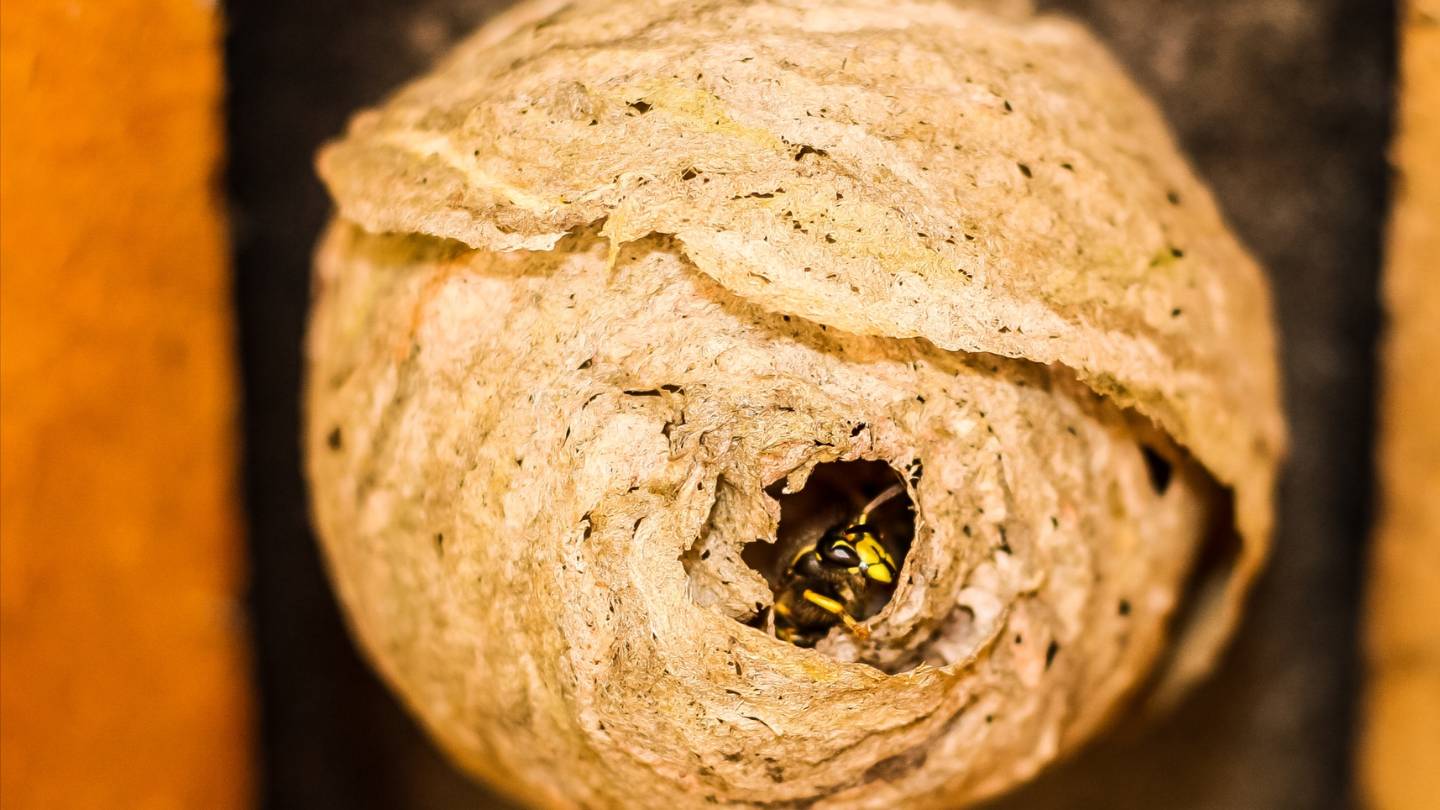
Horizontal Hive
- Unique Features: Horizontal hives are broader and permit beekeeping at waist height, as opposed to the vertical stacking of Langstroth hives. Frames or bars are common features that beehives use to suspend their comb.
- Advantages: Beekeepers' backs will appreciate it, and people with mobility challenges may find them easier to access as well.
Skep Hive:
- Unique Features: A classic beehive fashioned from grass or straw in the shape of a dome. Due to the difficulties in inspecting and harvesting, this antique design is no longer commonly used.
- Advantages: Monumental and beautiful in design, yet impractical for contemporary beekeeping practices.
Conclusion
To understand how bees and wasps work in the environment, you need more than just an interest in them. Wasp nests are round or circular and feel more like paper, while beehives are usually made of wax and have intricate honeycombs. These differences in how they look can help us figure out how they behave and what they do.
Bees have three sets of legs that help them move and collect pollen. They live in groups with a queen, workers, and drones. They are very social animals. Bumblebees are bigger and have more hair than Carpenter Bees. Carpenter Bees make their homes in trees or plants. Mason Bees are single bees that spread pollen from plants and flowers.
Bees and wasps both have two sets of wings. The longer, less see-through wings are on wasps. Long, thin, and straight stalks are what they have. Most of the time, people see yellow jackets, hornets, paper wasps, and mud daubers for wasps.
Because honey bees' digestive system is linked to their barbed stinger in a special way, they can't take their stinger off after being thrown at a predator. Wasps and other types of bees can't make honey or beeswax, but honey bees can.
These two insects are very different from each other. Bees eat insects, while wasps don't eat anything. Wasp adults eat nectar and pollen, while bees use their strong, round bodies and bowed legs to spread pollen. Wasps are drawn to lights at night because their bodies are smooth.
Honey bees store food inside their homes, which are made of dirt or wood that has been down for a while. The fairy wasp is the tiniest flying insect and the tiniest bug ever found. Its body length is only 0.139 mm.
Damage from wasp nests can happen because of where the nest is located, damage to the structure, or effects on the garden or scenery. Not taking care of wasp nests can put your health and property at great risk. Professional removal is necessary to keep wasps from coming back. To keep them from coming back, plug any cracks or holes and get rid of food sources.
To sum up, wasps and bees behave and look differently, which is why it's important to spot and get rid of pests correctly. For successful management, you must get professional advice from a professional apiarist or beekeeper.
Wasp homes made of yellowjacket paper and their ability to make big, tight nests make them stand out. Paper wasp nests look a lot like umbrellas, but they are out in the open and need to be covered. Mud dauber nests are smaller, have many holes in them, and are shaped like tubes. They build their homes out of wood fibres and saliva, and they can get as big as a basketball.
Beekeepers use different kinds of hives, like Langstroth, Top-Bar, Warre, Horizontal, and Skep hives. The most popular type of hive is the Langstroth, which has stacked boxes with frames that can be taken off for easy management, inspection, and honey collection. In Top-Bar hives, combs are held up by bars, and in Warre hives, the top bars and a blanket keep the humidity in check.
Horizontal hives are wider and let bees work at waist height, which makes them easier for farmers and people who have trouble moving around. Skep hives are classic shapes that are made from grass or straw and are shaped like a dome. However, they are not widely used anymore because they are hard to inspect and harvest.
Content Summary
- Beehives are typically made of wax with elaborate honeycombs, while wasp nests have a papery texture and are often spherical or oval.
- Bees are small to medium-sized with sturdy bodies comprising a head, thorax, and abdomen.
- Bees display a range of colours from black and brown to yellow and striped patterns.
- Bees have two pairs of wings, one pair clear and the other possibly tinted.
- Bee antennae are long and club-shaped, aiding in sensing surroundings and communication.
- Bee legs are designed for various functions, including pollen collection and flight assistance.
- Honeybees live in complex social colonies with a queen, workers, and drones.
- Bumblebees are larger and hairier than honeybees and live in smaller groups.
- Carpenter bees build nests in wood, often by boring holes.
- Mason bees, solitary pollinators, nest in cavities in wood or stalks.
- Wasps vary in size, have slim bodies with a small waist, and their color ranges from black and brown to yellow.
- Wasp wings are usually longer and less transparent than those of bees.
- Wasps have long, thin, straight antennae.
- Yellow jackets are aggressive social wasps with distinctive yellow and black markings.
- Hornets are less aggressive, are social wasps, and are larger than yellow jackets.
- Paper wasps build less aggressive nests resembling paper.
- Mud daubers are solitary, mud-nesting wasps that prey on spiders.
- Honey bees' barbed stingers are connected to their digestive system, leading to their demise after stinging.
- Many bees and wasps can retract their stingers for multiple stings.
- Some native Australian bees are stingless, while honey bees produce honey and beeswax.
- Bees have strong, round bodies with flattened legs for effective pollen collection.
- Wasps have slender legs and a thin waist, with a streamlined body for hunting.
- Wasps usually don't retract their legs while flying and are attracted to lights at night.
- Some wasps build nests from mud, others from chewed wood and saliva, creating a papery material.
- Honey bees don't hibernate in winter due to internal food stores and heat from workers.
- Fairy wasps are the smallest known insects and are predators.
- Wasps are more aggressive than bees, and their stings are typically more painful.
- Correct identification of bees and wasps is crucial for effective management.
- Seeking professional advice from apiarists or beekeepers is recommended for infestations.
- Wasp nests can cause structural damage to property.
- Wasps often build nests in inconvenient places like under decks or in attics.
- The chewing behaviour of wasps can damage wood and other materials.
- Wasp nests in gardens can disrupt outdoor activities and harm vegetation.
- Ignoring a wasp nest can escalate into a significant safety and property threat.
- Preventive measures include sealing cracks and removing food sources.
- Yellowjacket nests are papery with a single entrance and can be ground-based or in wood.
- Paper wasp nests are umbrella-shaped, open-plan, and typically located in exposed areas.
- Mud dauber nests are small, tubular, and made of mud, often in cracks.
- Bald-faced hornets, a type of wasp, build large football-shaped, papery nests.
- Langstroth hives are common, featuring stacked boxes with removable frames for easy management.
- Top-bar hives use bars to suspend comb and are simpler and healthier for bees.
- Warre hives are vertical with top bars, a blanket, and ventilation for moisture control.
- Horizontal hives are wide, allowing beekeeping at waist height and accessible for those with mobility issues.
- Skep hives, made from grass or straw, are an outdated design not practical for modern beekeeping.
- The coloration of bees varies widely, aiding in species identification.
- Understanding the behavior and diet of bees and wasps is key to differentiating them.
- Bees are essential pollinators, spending their lives collecting pollen and nectar.
- Wasps' diet includes nectar, overripe food, and primarily other insects.
- Bees' body structure is adapted for pollen collection.
- Wasps' body structure is adapted for hunting, with a more elegant and streamlined design.
Frequently Asked Questions
A bee hive is a home constructed by honeybees, typically made of wax and designed to store honey, house larvae, and provide a space for the colony to grow. In contrast, a wasp nest is constructed by various species of wasps using materials like paper pulp or mud. Wasps primarily use their nests to lay eggs and raise their young.
Both bees and wasps play crucial roles in their respective ecosystems. Bees are essential pollinators, helping reproduce many flowering plants, including many crops humans rely on. While often perceived as pests, wasps contribute to the ecosystem by controlling pest populations and serving as pollinators for certain plants. Thus, both insects have significance and should be respected for their roles in nature.
It is crucial to approach the removal of a bee hive or wasp nest with caution. Here are some general guidelines:
- Always wear protective clothing, including a bee suit, gloves, and a face mask.
- Contact a local beekeeper or pest control professional with experience in safely removing hives and nests.
- Avoid disturbing the hive or nest during removal to minimise the risk of stings.
- After removal, take preventive measures to discourage bees or wasps from building new hives or nests in the same location.
If you get stung by a bee or wasp, it is essential to:
- Remove the stinger if it is still present by scraping it off with a flat object like a credit card. Do not squeeze the stinger, as this can release more venom.
- Clean the area with soap and water.
- Apply a cold compress to reduce swelling and pain.
- Monitor for any signs of an allergic reaction, such as difficulty breathing, swelling of the face or throat, or a rapid heartbeat. If any severe symptoms occur, seek medical attention immediately.
To prevent bees or wasps from nesting on your property, consider the following measures:
- Regularly inspect your property for any signs of hives or nests and address them promptly.
- Seal any cracks or openings in buildings, walls, or other structures where bees or wasps may build nests.
- Avoid exposing food or drinks outdoors, as they attract bees and wasps.
- Plant bee and wasp-repellent plants around your property, such as marigolds, mint, or citronella.
- If you notice a significant bee or wasp presence, consider installing traps or contacting a professional for assistance.

